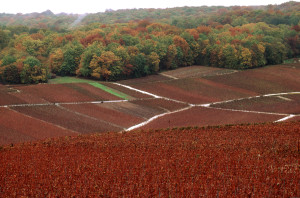
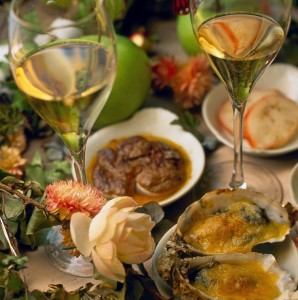
A set of landscapes and unique sites, carriers of history, culture and savoir-faire, of which the 21 representatives of the States belonging to the UNESCO World Heritage Convention unanimously recognized the Outstanding Universal Value. So the Coteaux, Maisons et Caves de Champagn, presented to the application as the places of birth, production and global spread of Champagne, were registered in the World Heritage List in the category “organically evolved landscape” since last July. It consists of a heritage that in the heart of the production area includes the Coteaux between Hautvillers and Aÿ, one of the oldest wine-growing tradition and the most emblematic one in the vineyards of Champagne land; the architectural and urban complexes of the Maison de Champagne on the hill of Saint-Nicaise in Reims and the Avenue de Champagne in Epernay; and in addition the combination of cellars and Crayères dug in chalk, which are the largest in the region. The Coteaux, Maisons et Caves de Champagne are not any viticultural landscape but the evidence of its rise, since the eighteenth century, of a technique of production, processing and original marketing, still active, which deeply transformed the territory, the urban and rural landscapes, starting the production of the wine of Champagne: a product known throughout the world, a symbol of celebration and conviviality. Great celebrations and euphoria for the inclusion on the World Heritage Site took place in Milan last October for the Day Champagne 2015, the Comité Champagne officially tasting – an authority that brings together all winegrowers and all the names of the Maison – with the presentation of 120 cuvée from 43 brands. This is due to the fact that the 2015 harvest, which started on a summer climate on August 29th in the earliest vineyards and ended on the September 28th with a cool and rainy climate, showed an excellent state of the grapes, with balanced parameters that represent the best basis for future cuvée and probably a great vintage. At the beginning the monks cultivated vineyards to produce the sacred wine for the celebration of Mass; after that, a casual combination of events has ensured Champagne in a place in history. The bishop of Reims, Saint Rémi, living in a villa surrounded by vineyards at the actual Epernay, has in fact converted to Christianity the Frankish king Clovis, baptized on Christmas Eve in 496 just with Champagne in the Champagne region. It is in this way that in Reims, in the heart of the region, between 898 and 1825 all the Kings of France were crowned, with obvious sliding rivers of Champagne during the celebrations. In short a nectar plunged in history, that increased in fame and was internationally more and more appreciated starting from the twelfth century. It’s a wine famous in all the world, the terroir of which, with its location in the north, the harsh climate, a special soil and hillside vineyards, is as unique and original as the production that derives from it. Its fizziness, a touch of magic that represents its hallmark and makes it unique, lives through the centuries without fearing competitors because, as Marlene Dietrich said: “Champagne bubbles give you the impression that every day is Sunday and that the best days are close”.
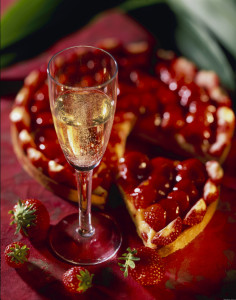
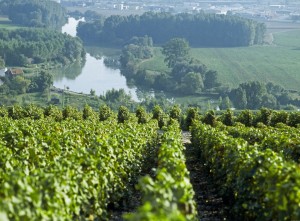
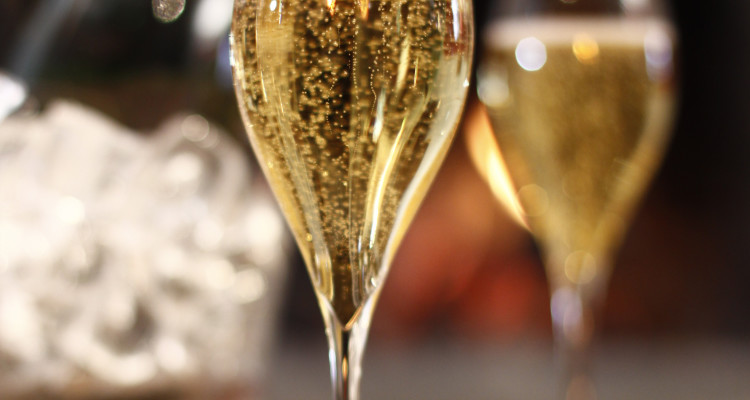

Leave a Reply